How Taco Bell Dishes Got Their Names (Slideshow)
Should you find yourself ordering a taco in Mexico City, you'll be handed a small corn tortilla, folded with grilled or braised meat, chopped onions and cilantro, a sprinkling of fresh white cheese and maybe a thin salsa. No lettuce, and most likely no tomato. You'd also be hard-pressed to find a hard-shell taco in Mexico, but they're Taco Bell's top seller. As for the ground beef mixture, the closest you'll get in Mexico is picadillo, which is usually sweeter and contains raisins. The word taco translates to a wad, or plug, but also can refer to any light snack.
Gordita
A real gordita is a small pouch of corn-based dough, or masa, filled with meat or cheese, sealed, and deep-fried. It's pretty similar to an English pasty or a South American arepa. There's also a version called gorditas de migas, where fried pork is mixed in with the dough. Not so at Taco Bell, however, where a gordita is a warm flatbread, folded like a taco and filled with meat, lettuce, tomato, sour cream, and cheese. The word translates to 'little fat one,' which makes a lot more sense when it refers to the Mexican version.
Nachos
Nachos were invented by a (now-legendary) maître d' named Ignacio Anaya, who whipped up the first batch for a group of hungry U.S. military wives at a restaurant called the Victory Club in Piedras Negras, Mexico, near Fort Duncan. He fried up some tortilla chips, topped them with some shredded cheddar and sliced jalapenos, and served them as canapés. He named them after his nickname, Nacho, and the rest is history. But what you'll see at Taco Bell (and at many bars and restaurants) today bear little resemblance to the original: the giant mound of chips and toppings is not only overrated, it's a purely American invention.
Chalupa
Chalupas are a popular dish in south-central Mexico. To create an authentic chalupa, chefs take a small ball of corn masa and form it in a mold, so the resulting thin, crunchy, and shallow cup, which is then deep-fried, resembles a small boat. Fillings like shredded meat, cheese, onion and salsa are added. Once again, the version sold at Taco Bell couldn't be more different: a deep-fried wheat-based flatbread is folded up like a taco shell, and the usual taco fillings are added. As for the name? It's a small boat typically found in the canals of Mexico City's Xochimilco neighborhood.
Burrito
The earliest burritos were simple creations: some meat, beans, or cheese, wrapped up in a flour tortilla. The ones offered by Taco Bell don't actually differ from this too much, aside from the addition of lettuce and tomato (but you can gussy them up even more, with the addition of things like guacamole and cilantro dressing). The word burrito translates to 'little donkey,' and nobody is exactly sure where the name originated.
Churro
Taco Bell offers churros for dessert, and they don't look too different from the original version except for the fact that they're twisted up, whereas the original is straight, and usually extruded from a piping bag with a star-shaped die directly into hot oil. Churros are actually Spanish in origin, and are traditionally eaten for breakfast with hot chocolate. The word churro translates to 'fritter.'
Tostada
The tostadas served as Taco Bell are essentially flattened hard-shell tacos, topped with refried beans, red sauce, shredded cheese, and salsa. In Mexican cuisine, a tostada is both the name for the flat deep-fried tortilla as well as the dish it's based on, which can really be made up of anything as long as it's on top of the shell. Tostada just means 'toasted' in English.
Doritos Locos
One of the fastest-selling fast food offerings of all time, the Doritos Locos Taco takes a traditional Taco Bell beef taco and replaces the shell with a giant Dorito. It's certainly a little bit crazy (as the 'loco' in the name would imply), but if nothing if not a great example of American culinary ingenuity. As you might have guessed, dorito is more or less a made-up word, but it would translate to 'little bit of gold.'
